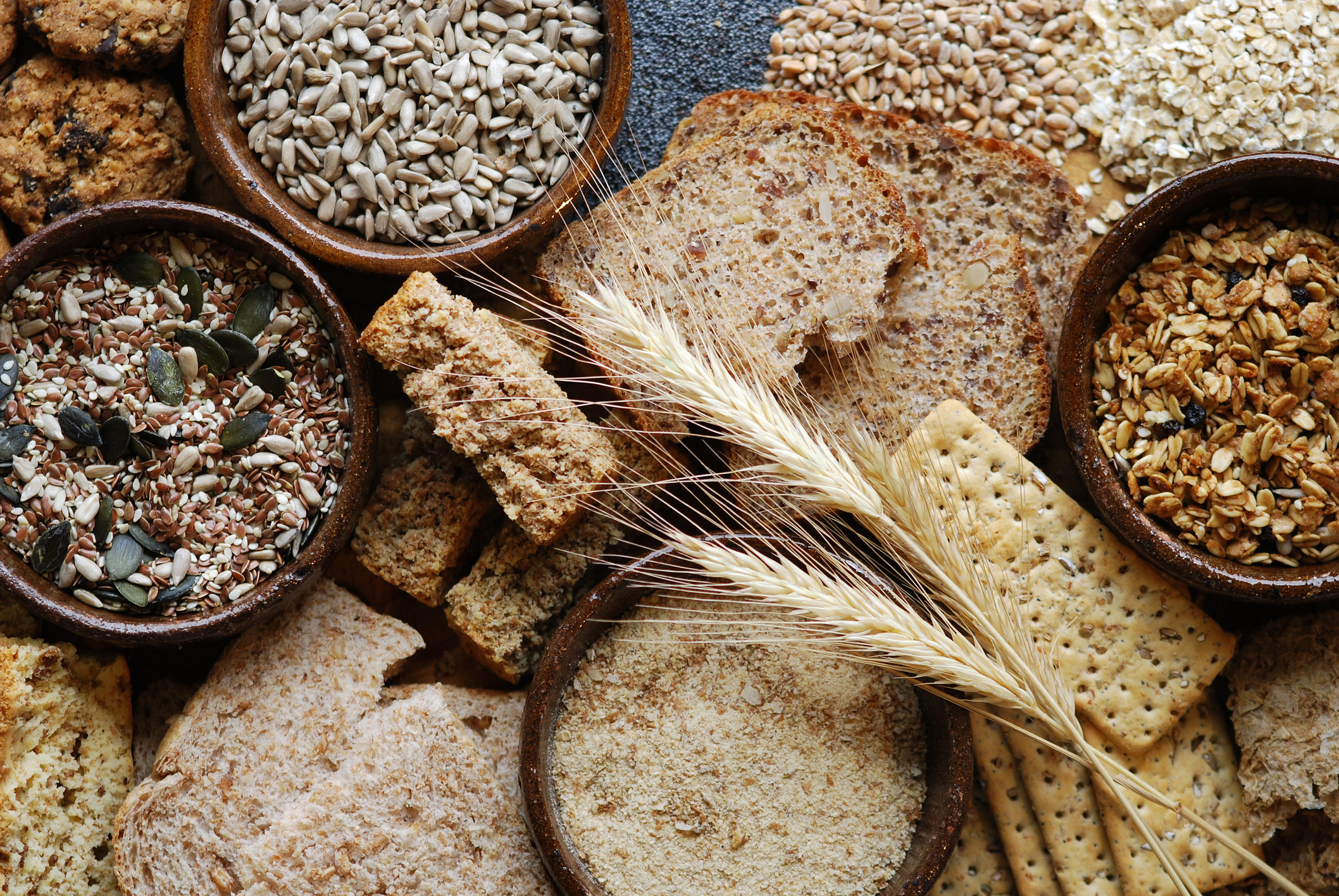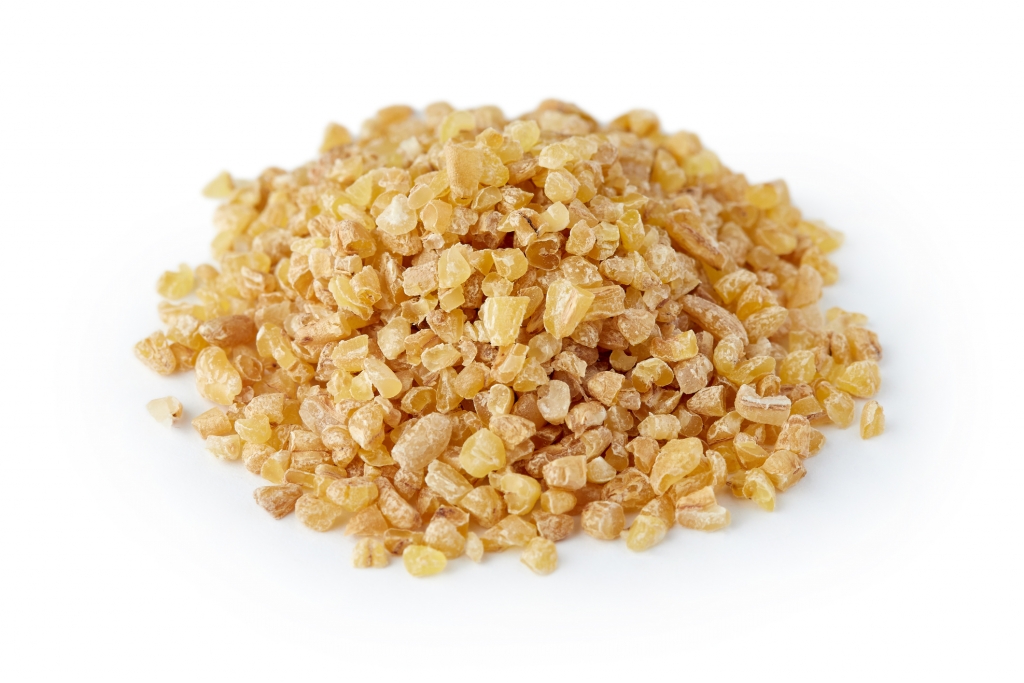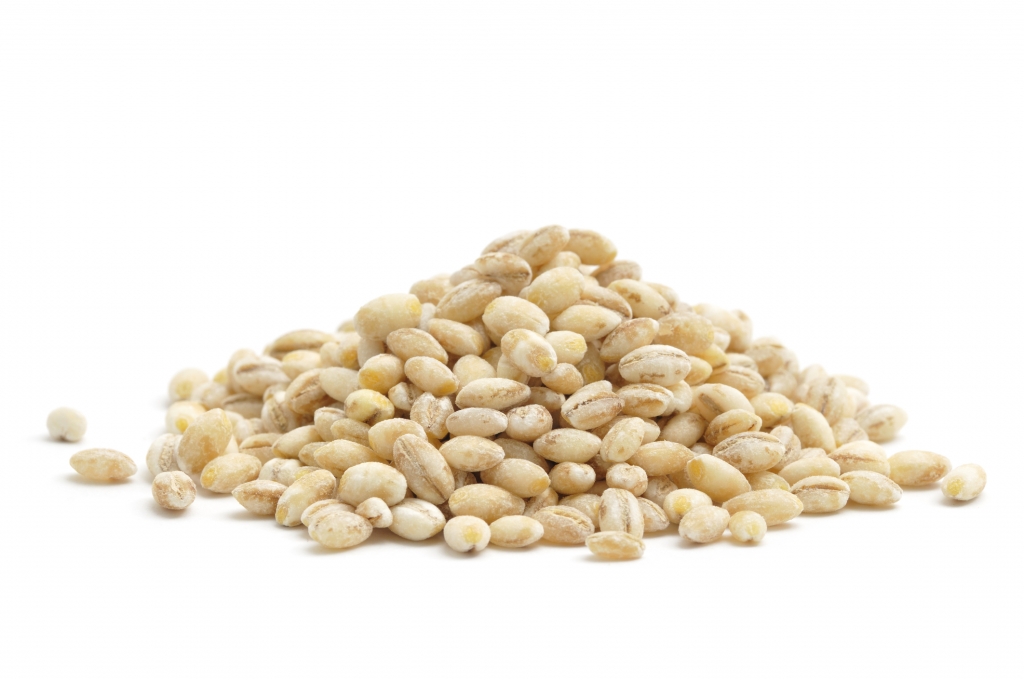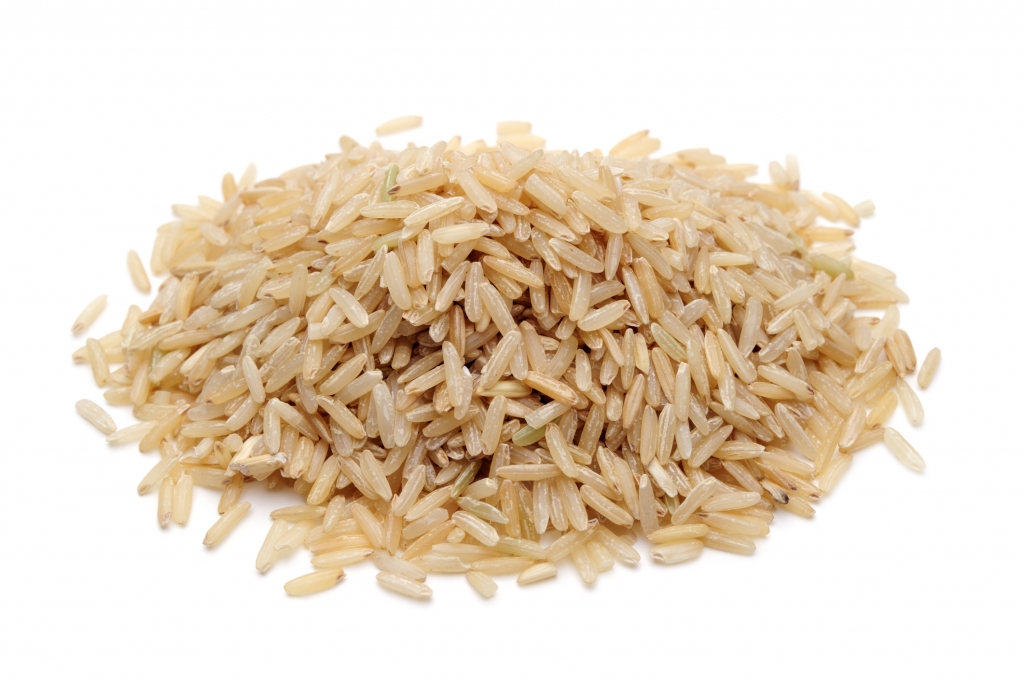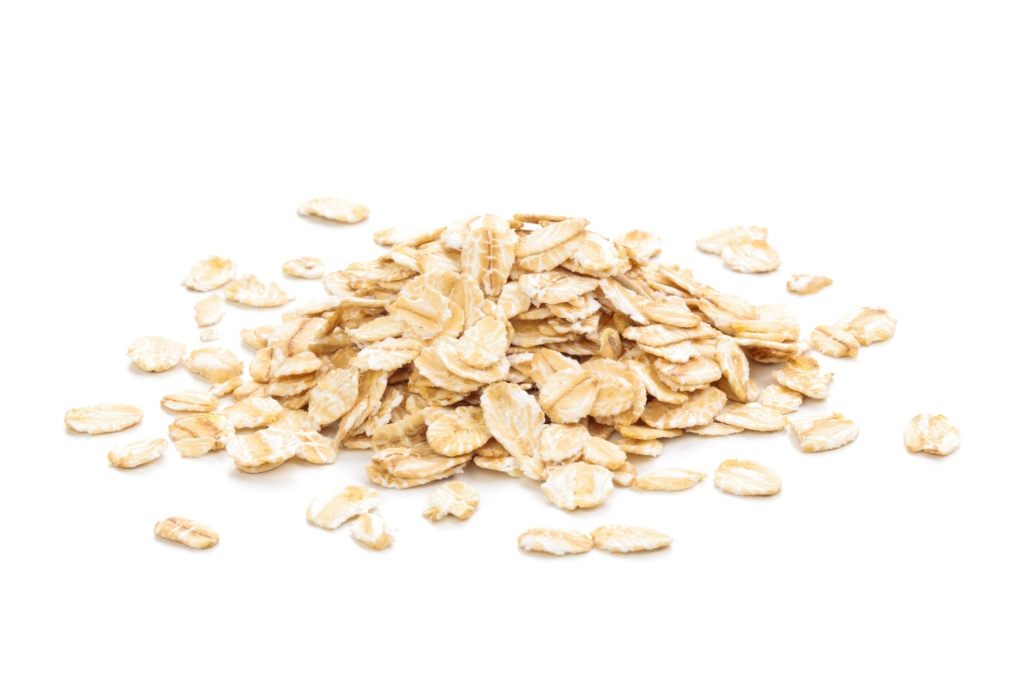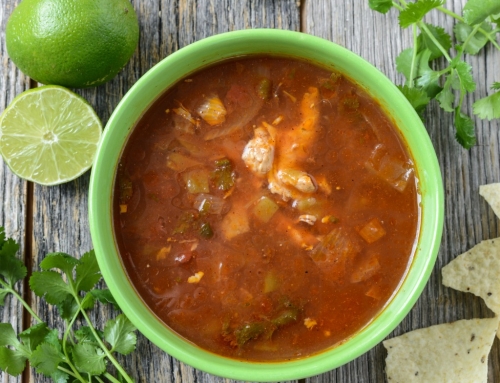By María Eugenia Rodríguez León, MS, RD, CSR, LND, Registered Dietitian Nutritionist
https://menutritionpr.com
One of the recommendations given for following a healthy diet is choosing half of your daily grains as whole grains. Whole grains can help in preventing some diseases (e.g., diabetes, cancer, high blood pressure and heart disease).1 A whole grain has the three original parts of the seed: bran, germ and endosperm.2
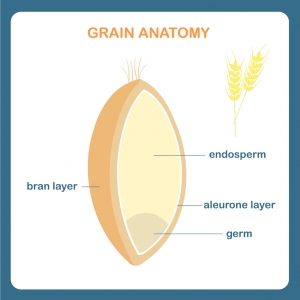 Bran is the edible part surrounding the seed. It contains antioxidants, B vitamins and fiber.
Bran is the edible part surrounding the seed. It contains antioxidants, B vitamins and fiber.
Germ is the seed embryo. It is the part that has the potential to become a new plant. It contains B vitamins, protein, minerals and healthy fats.
Endosperm is the germ’s food. It is the bulk of the seed and provides energy so that the plant can grow. It contains carbohydrates, protein and small amounts of vitamins and minerals.
Refined grains have the germ and bran removed—leaving only the endosperm. This causes them to lose protein, fiber, potassium and phosphorus, among other nutrients.
In the past, people with kidney disease were recommended to limit whole grains because they had a higher phosphorus and potassium content. We know that our body absorbs less phosphorus from plant sources than from animal sources and from processed foods and beverages with added phosphorous (also known as phosphate additives).
Low-potassium food can be defined as food with fewer than 200 mg of potassium per serving. The alternatives presented below are all low in potassium.
The fiber content of whole grains can also help you manage or prevent constipation. Constipation is a common problem among people with kidney disease. Avoiding constipation can also help you manage potassium. People with kidney disease eliminate more potassium through the stools.
Finally, some people feel that the renal diet is very limited with few options. Including whole grains will give you more variety in your diet. Try new foods and recipes. Enjoy a varied diet with these whole grains.
1. Bulgur
Is wheat that has been precooked and broken into small pieces. It is frequently used in the eastern Mediterranean. Maybe you have eaten it in tabbouleh (a Lebanese salad) or in a pilaf.
Cooking: Boil 2 cups of liquid with 1 cup of bulgur. Simmer for 10 to 12 minutes
Nutritional Value (½ cup cooked)
76 Calories
3g Protein
17g Carbohydrates
4g Fiber
62mg Potassium
36mg Phosphorus
2. Barley
Has a very hard outer shell and is difficult to remove without losing some of the bran. Pearl barley is easy to buy but has some of its bran removed. Although it is not completely a whole grain, pearl barley is still a good fiber source. It can be used in risotto, salads and soups.
Cooking: Boil 2 cups of liquid with 1 cup of pearl barley. Simmer for 30 to 40 minutes.
Nutritional Value (½ cup cooked)
97 Calories
2 g Protein
22 g Carbohydrates
3 g Fiber
73 mg Potassium
42 mg Phosphorous
3. Whole-grain Rice
Rice is common in many diets. It does not contain gluten. White rice is not a good source of fiber because it is a refined grain. Whole grain rice can be easily exchanged in any recipe that calls for white rice. Whole grain rice comes in a variety of colors—brown, black and red—which are all equally healthy.
Cooking: Boil 2 to 2 ½ cups of liquid with 1 cup of brown rice. Simmer for 35 to 45 minutes.
Nutritional Value (½ cup cooked)
Brown Rice vs. White Rice
109 Calories 121 Calories
2 g Protein 2 g Protein
23 g Carbohydrates 27 g Carbohydrates
1.8 g Fiber 0.3 g Fiber
77 mg Potassium 27 mg Potassium
75 mg Phosphorus 34 mg Phosphorus
4. Oats
Oatmeal is a common breakfast choice. It can be prepared with milk or water. When prepared with milk, cooked oatmeal will have more phosphorus and potassium than if it is prepared with water or other milk substitutes low in phosphorus and potassium. Oats come in different forms: traditional rolled oats and steel cut oats, which are nutritionally similar, but differ in cook time. The amount of liquid and cooking time will vary depending on the oats you buy.
In addition to hot oatmeal, you can prepare overnight oats (leave it in the fridge from the night before) or baked oatmeal for breakfast. Also, you can use oats in different recipes such as granola, meatballs, cookies, smoothies or bars.
Nutritional Value (1/2 cup raw oats)
154 calories
5 g protein
28 g carbohydrates
4.1 g fiber
147 mg potassium
166 mg phosphorous
| Food | Phosphorous (mg) | Potassium (mg) |
|---|---|---|
| ½ cup raw oats (or prepared with water) | 166 | 146 |
| Oatmeal prepared with ½ cup raw oats and 8 ounces cow’s milk | 398 | 512 |
| Oatmeal prepared with ½ cup raw oats, 4 ounces cow’s milk and 4 ounces water | 282 | 329 |
| Oatmeal prepared with ½ cup raw oats and 8 ounces almond milk (Silk) | 186 | 176 |
| Oatmeal prepared with ½ cup raw oats and 8 ounces unenriched rice milk (Rice Dream Classic) | 196 | 176 |

